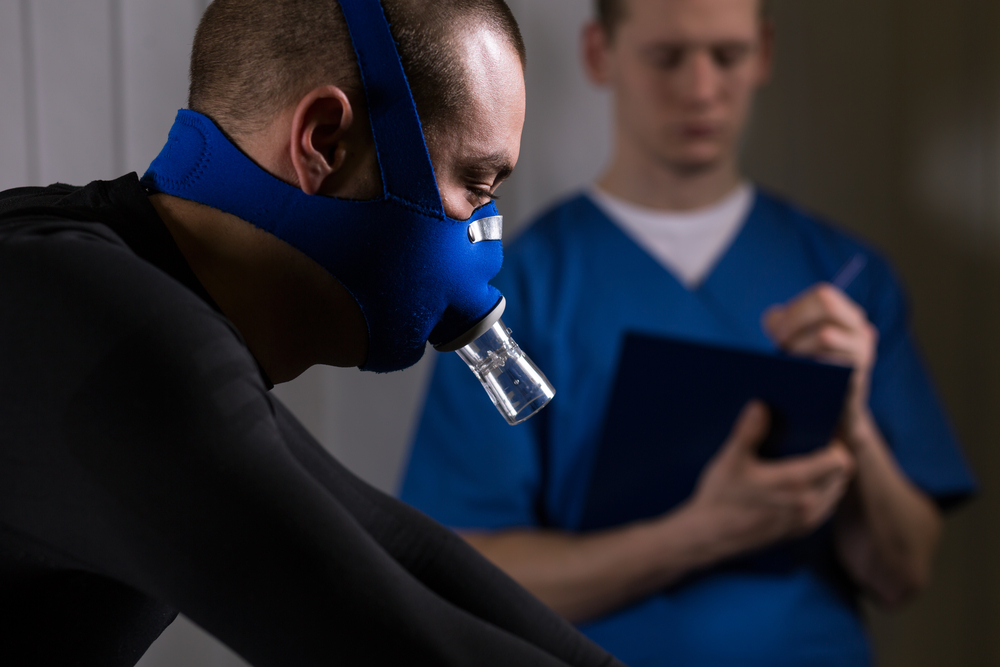#NACFC2016 – Exercise Has Central Role in CF Care and Research, Scientist Argues
Written by |

Substantial health benefits can be gained by cystic fibrosis (CF) patients who exercise more, but to accurately assess the impact of such interventions, physicians need to test for exercise capacity and habitual physical activity.
In the session, “Let’s Get Moving: Best Practices in Exercise & Physical Activity Across the Lifespan” at the 30th Annual North American Cystic Fibrosis Conference (NACFC), John Lowman, PhD, with the University of Alabama at Birmingham, argued that testing provides CF healthcare teams with meaningful information that can be used to tailor interventions, while also providing relevant outcomes in CF clinical trials.
In his talk, “Why Test Exercise Capacity & Habitual Physical Activity?,” Lowman highlighted that a treatment that would decrease the rate of lung function decline by 25% would be seen as a valuable new therapy by most healthcare providers.
This treatment already exists, he pointed out, since lung function decline in patients who frequently exercise is about 25% lower over time than in those who are inactive.
So, if an intervention is meant to boost patients’ exercise capacity, then the amount of moderate or vigorous physical activity that a patient does on a regular basis needs to be assessed and considered.
Studies do not necessarily need to focus on physical exercise to benefit from activity testing. For example, studies show that exercise reduces the number of days a patient needs intravenous antibiotics, so to assess the impact of an intervention to reduce antibiotics, researchers need to control patients’ physical activity.
Lowman referred to a recent study that evaluated the validity of devices, questionnaires and diaries commonly used in CF activity research. The study recommended the use of motion sensors like SenseWare and Actigraph, and the DigiWalker pedometer. A questionnaire called HAES also was recommended, while the use of diaries was not.
Recommendations of how to best assess exercise capacity also have recently been issued by an international consortium, which recommended the Godfrey test. The test uses a cycle ergometer and measurements of gas exchange. The test, which is completed in 8-12 minutes, adjusts for a patient’s age and lung function.
In his talk, Lowman also addressed barriers toward exercise testing among CF physicians. He maintained the methods are easily learned, relatively inexpensive, and take little time to complete.
He also mentioned that a study demonstrated Kalydeco (ivacaftor) improved exercise capacity in CF patients, and that studies are ongoing to explore whether the same holds true for Orkambi (lumacaftor/ivacaftor).






